The emblematic I Love New York Logo
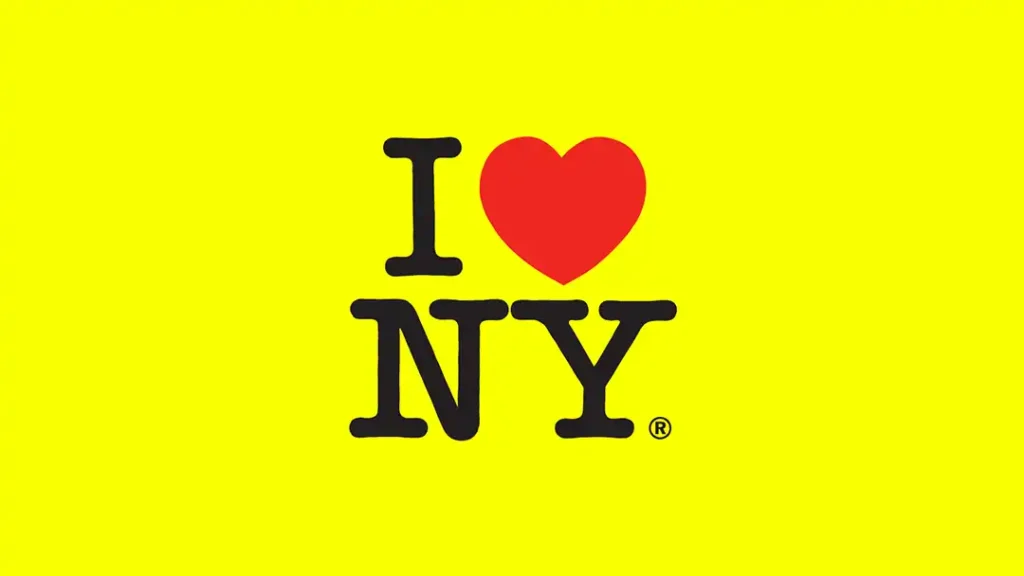
I ❤️ NY: An Iconic Logo
When you think of New York City in terms of graphics, one symbol inevitably comes to mind: the iconic “I ❤️ NY” logo. Created in 1977, this emblem has transcended its original tourism campaign purpose to become a global icon of both design and urban culture.
The original design is held in the collection of the MoMA (Museum of Modern Art), highlighting its historical significance. From Times Square to SoHo studios where our FEVR team collaborates with local NYC creatives, this logo remains a constant source of inspiration for the graphic design community.
Its story is not just one of marketing success but a masterclass in simplicity, emotional resonance, and cultural impact. Beyond its aesthetic appeal, the logo carries rich lessons for modern designers, creatives, and communication professionals working across New York’s vibrant creative scene.
But what makes this design so compelling? And why should it matter to those of us working in graphic design, illustration, and visual communication today?
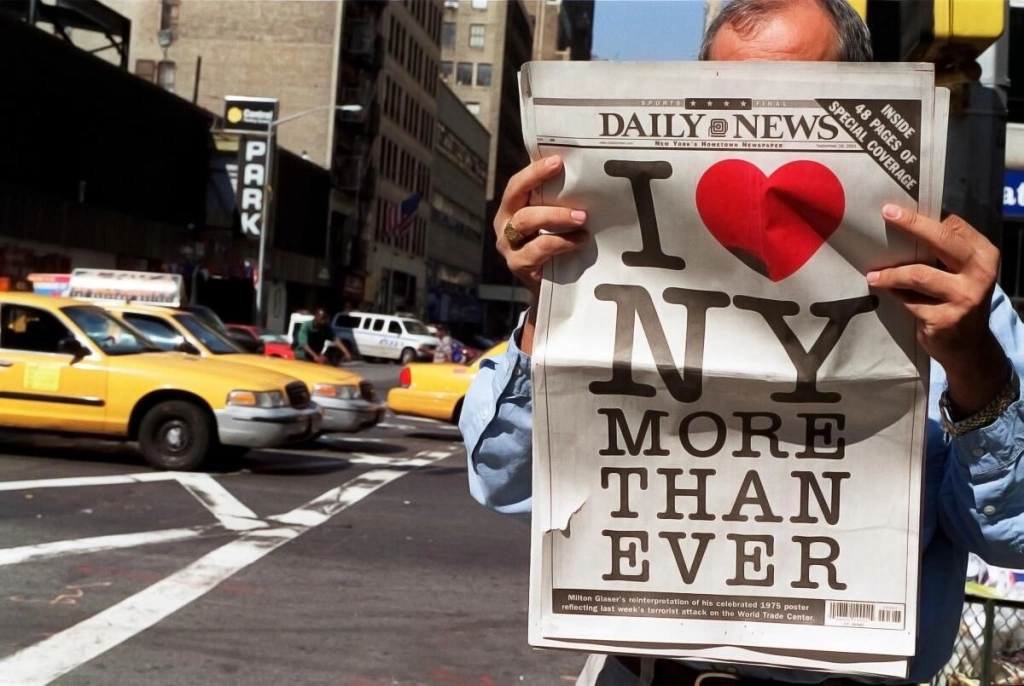
The Birth of a Design Icon
The “I Love New York” logo was designed by Milton Glaser, an influential figure whose contributions have shaped modern design. Glaser, known for his bold and intuitive style, conceived the logo during a challenging period for New York City, much like the creative briefs our FEVR teams tackle when brands need visual solutions during tough times.
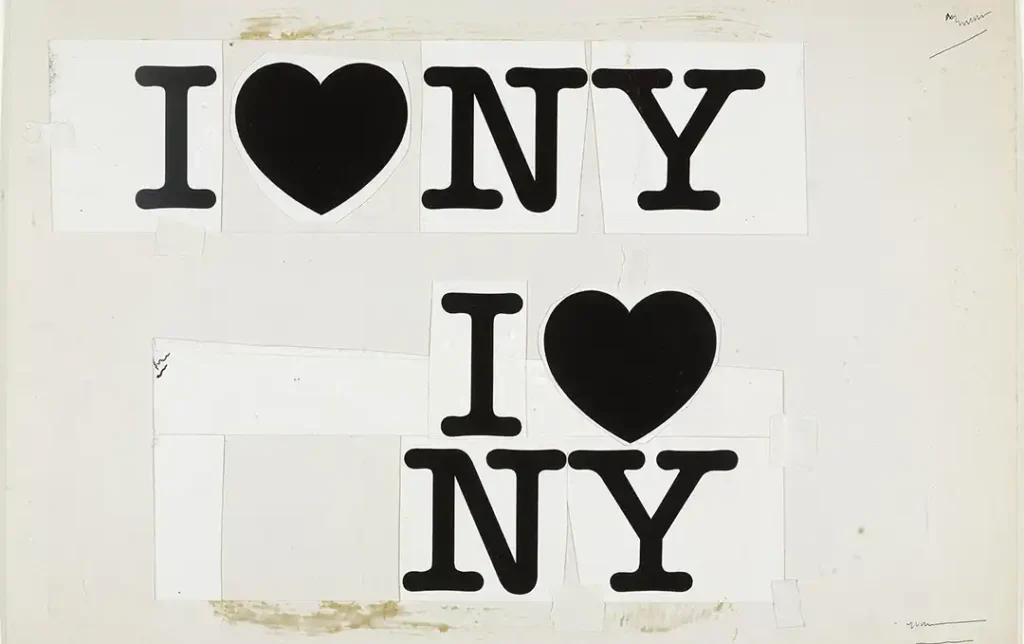
In the 1970s, NYC was suffering from economic decline and a tarnished reputation. The state launched a tourism campaign to revitalize the city’s image, and Glaser’s iconic design was born from this effort. Like all great designers, he began by putting ideas down on paper, sketches that are now displayed at MoMA alongside other design masterpieces.
This short film captures Milton Glaser’s struggle to find love for the city during trying times, a creative challenge every designer can relate to.
Design Genius on an Envelope
The design itself was born from pure spontaneity. Glaser sketched the logo on the back of an envelope while riding in a cab, a reminder that breakthrough ideas often come from the most unexpected moments. This simple sketch would evolve into one of the most recognizable symbols in graphic design history.
Created pro bono as a gift to his beloved city, every element was deliberately chosen. The modified Helvetica typeface nods to NYC’s modernist architecture, while the red heart introduces warmth and humanity to the clean, minimal typography. This perfect marriage of type and symbol communicates both visually and emotionally.
Glaser’s genius lay in blending modernism with heartfelt emotion, creating a design that doesn’t just represent New York, it makes you feel something about it. For today’s designers, it’s a masterclass in how strategic simplicity can achieve maximum emotional impact.
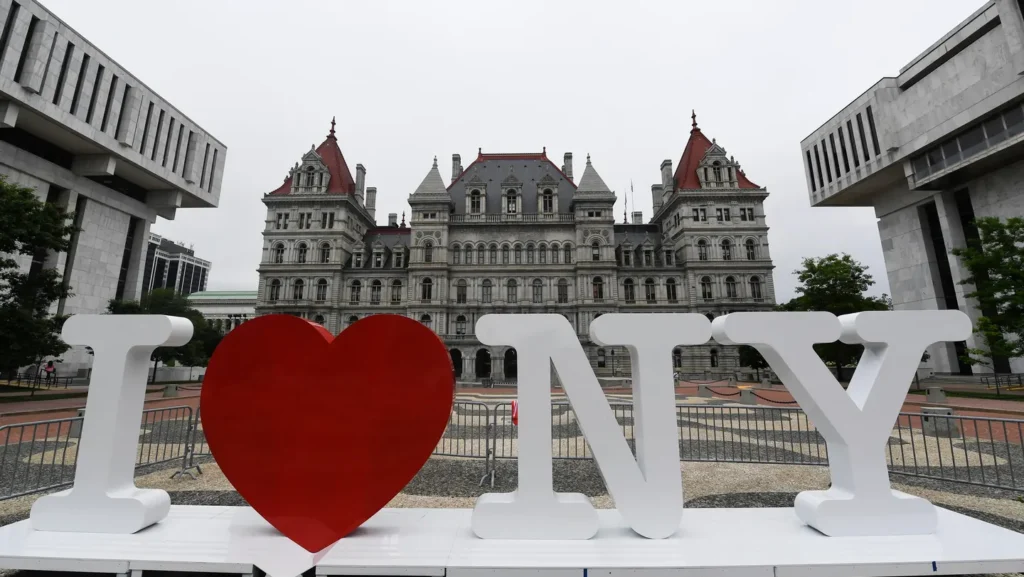
Design Lessons for Modern Creatives
This logo is a masterclass in simplicity and impact, offering key lessons for today’s graphic designers and illustrators. At FEVR, we often reference this design when working with clients who need to communicate complex brand messages through visual clarity. The logo demonstrates how strategic constraint, limiting elements to their absolute essence, can amplify rather than diminish creative power. It’s a principle our motion graphic company teams apply whether creating motion graphics for corporate campaigns or developing brand identities that need to work across multiple touchpoints and cultural contexts in our global marketplace.
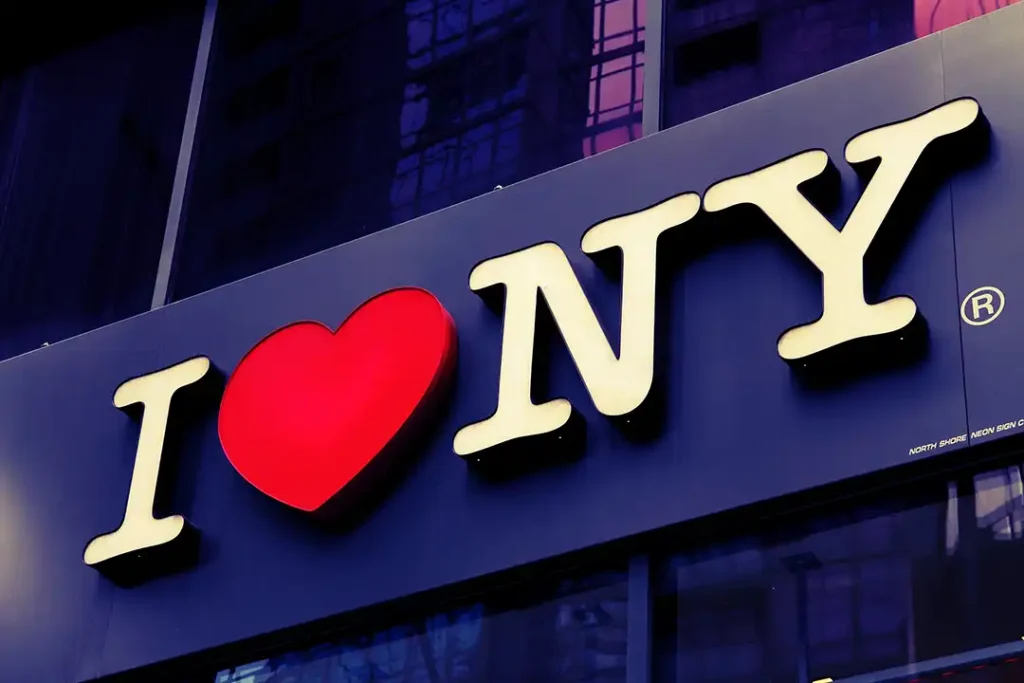
Simplicity as Strength Three letters, one heart symbol, nothing superfluous. This economy of elements allows instant communication, proving that powerful design doesn’t need complexity.
Emotional Design Strategy The heart isn’t just decoration, it’s a universal emotion made visual. Every designer should ask: does this make people feel something?
Cultural Impact & Brand Power The logo became synonymous with NYC itself, transcending its tourism origins to shape how millions perceive the city. Its adaptability, from T-shirts to murals, shows how strong design becomes cultural currency.
This isn’t just a logo, it’s proof that thoughtful design can inspire genuine emotion and lasting connection.
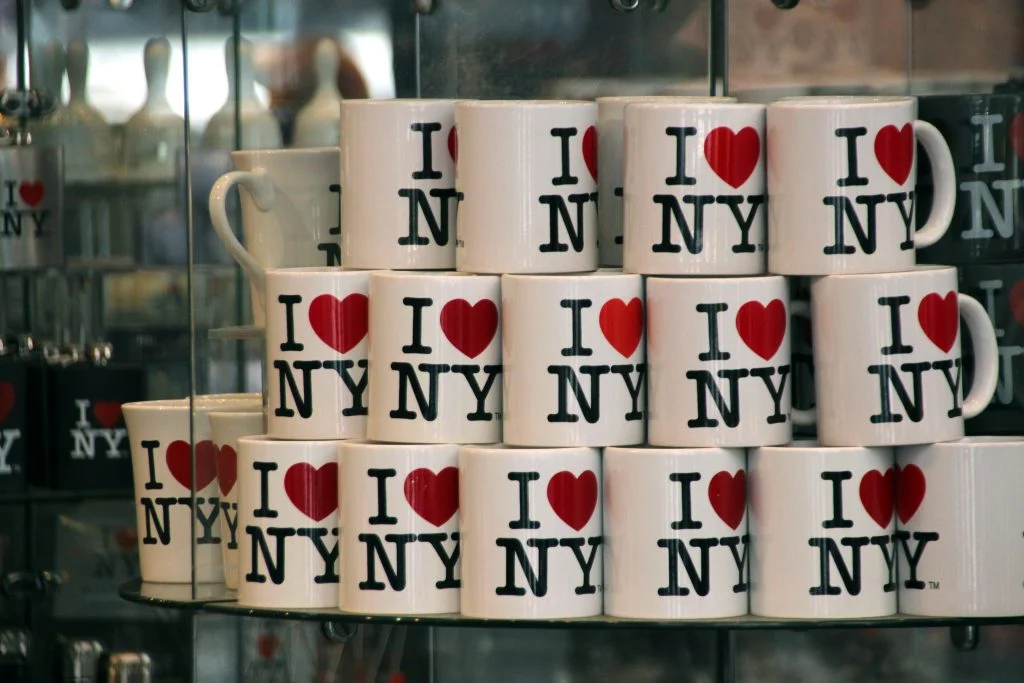
When Design Becomes Commerce
The marketing power of “I Love New York” is undeniable. What began as a city tourism symbol evolved into a global merchandising phenomenon, appearing on everything from classic t-shirts to home décor worldwide.
This merchandising success generated significant revenue while cementing New York’s reputation as a cultural export. For designers, it demonstrates how iconic visual identity can transcend its original medium to become economically viable intellectual property.
The logo’s enduring merchandising appeal proves that great design doesn’t just communicate, it creates lasting commercial value across generations and cultures.
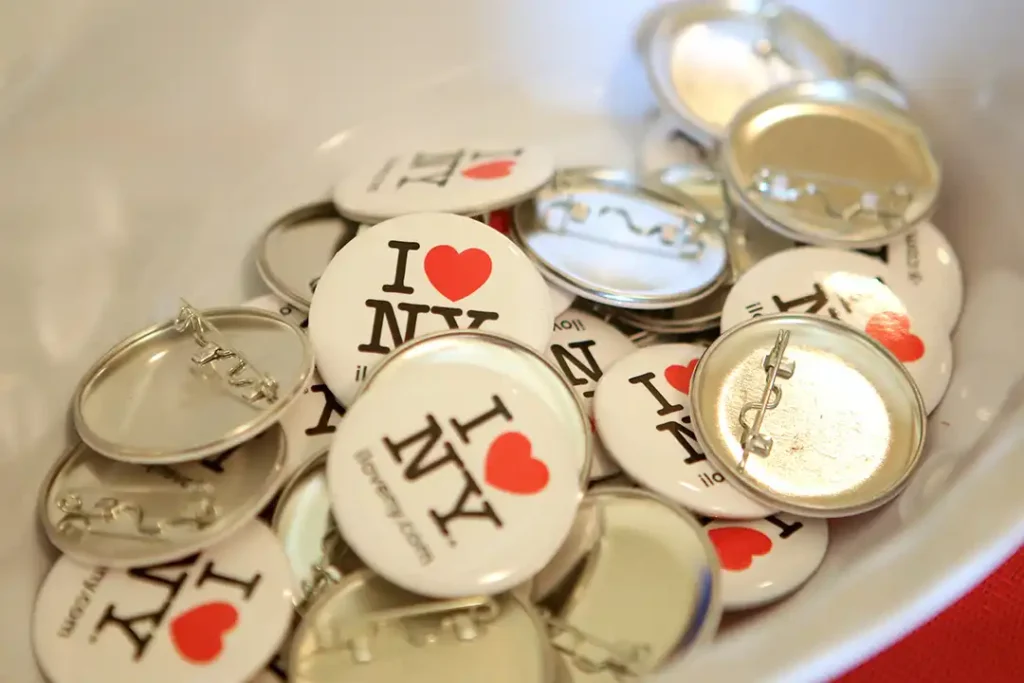
Lessons for Modern Graphic Designers and Illustrators
For those working in graphic design and illustration today, this logo serves as an invaluable case study offering timeless lessons:
Clarity Above All In our age of information overload, clarity trumps complexity. Strong design communicates instantly without requiring interpretation. Whether creating corporate identity or social media graphics, simplicity often speaks loudest.
Emotional Connection is Key Effective design creates emotional response, not just aesthetic appeal. When design connects emotionally, it transcends imagery to become cultural currency.
Versatility Equals Longevity Successful design must be adaptable. The logo has been reimagined countless times while retaining its core message—proof that versatile design remains relevant across platforms and generations.
Design Shapes Perception Visual communication has the power to transform how people view cities, companies, or brands. Understanding this influence is critical for modern designers.
The logo proves that great design isn’t just about aesthetics, it’s about capturing something universal and enduring. Its journey from tourism campaign to global cultural phenomenon demonstrates the commercial and cultural power of thoughtful visual communication, serving as timeless inspiration for creatives pushing the boundaries of graphic design today.

Pop Culture References
Few logos achieve true pop culture fame like “I Love New York.” Its iconic design has made countless appearances across films, TV shows, music videos, and high fashion, from Saturday Night Live skits to blockbuster movie cameos.
Fashion designers have drawn inspiration from the logo, incorporating its bold aesthetic into runway shows and streetwear collections. Artists and musicians embrace it as a symbol of creative energy, proving its versatility across creative disciplines.
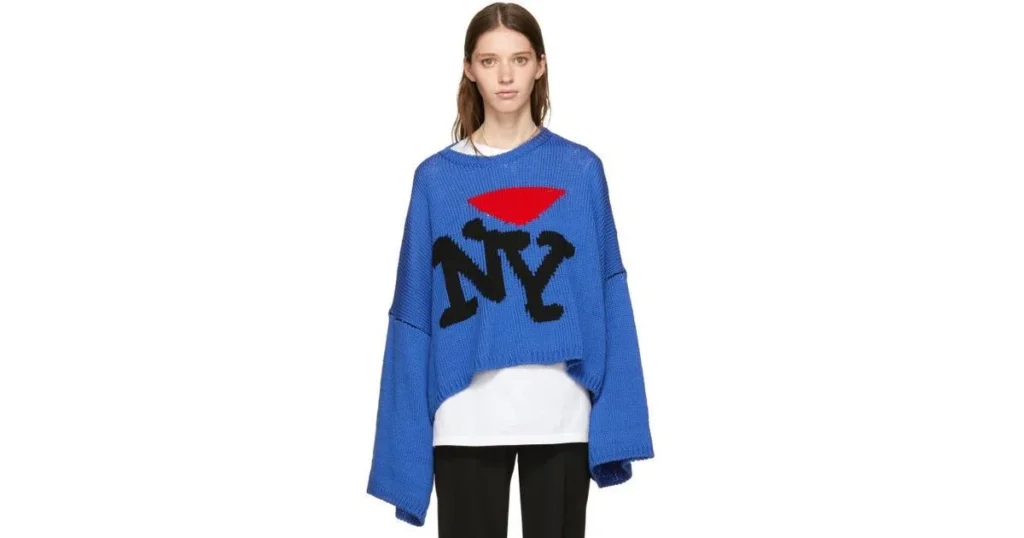
For visual communicators, it’s the ultimate case study in design that becomes cultural shorthand, instantly recognizable across any medium or context.
